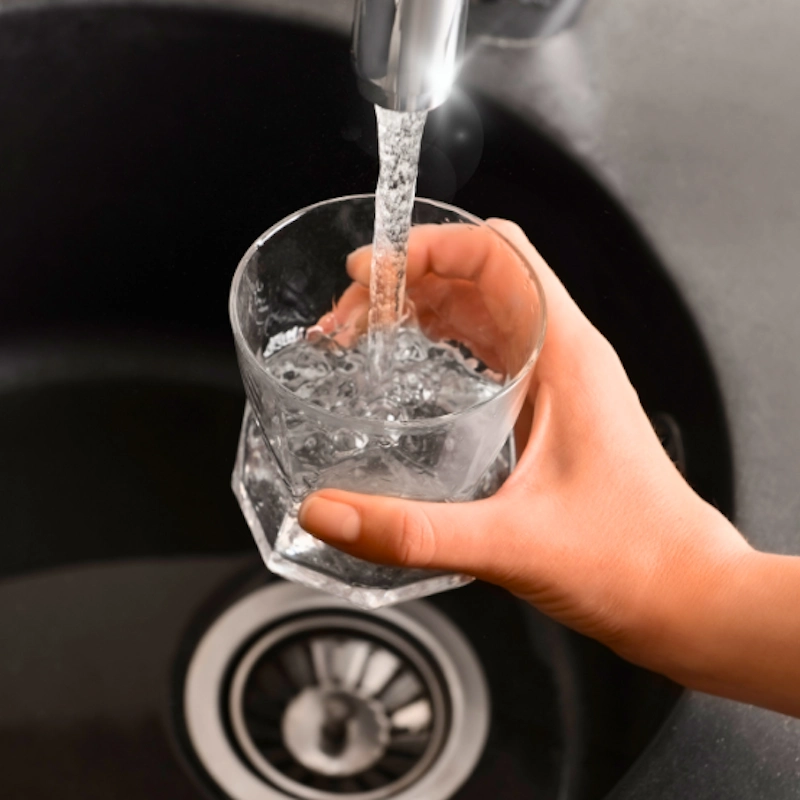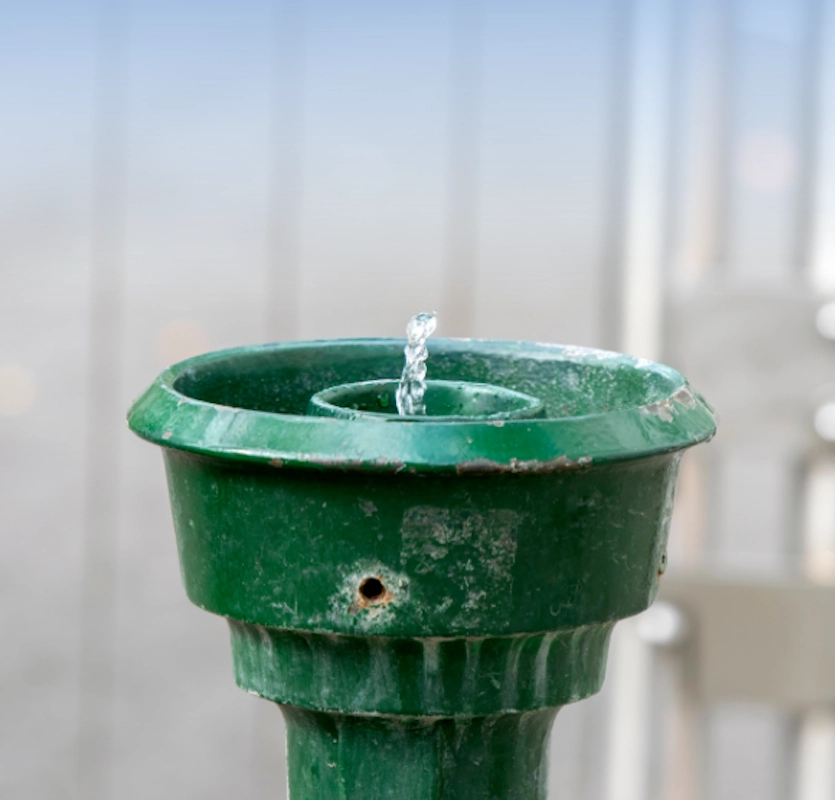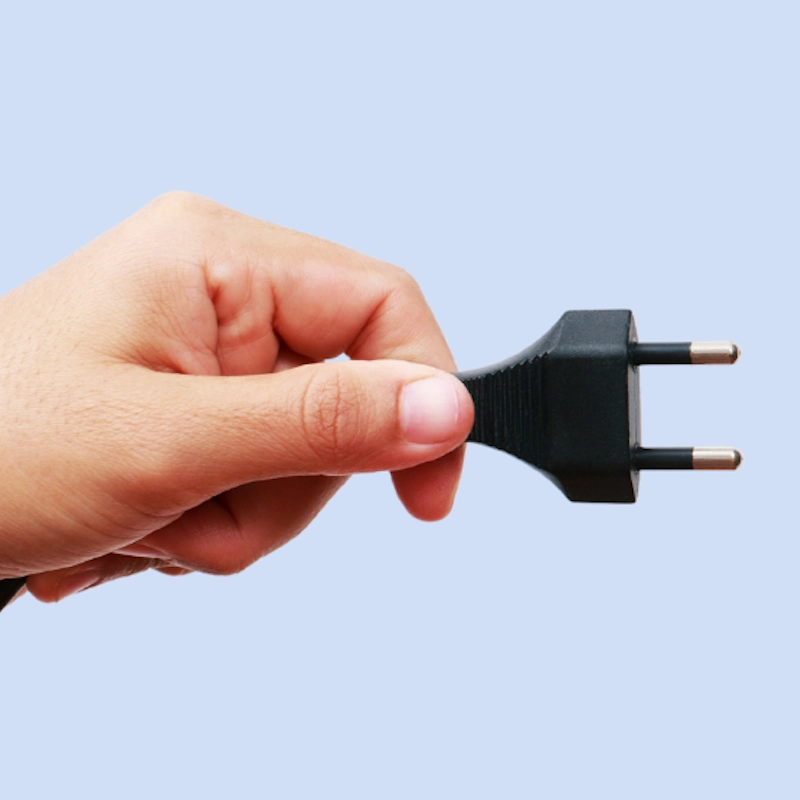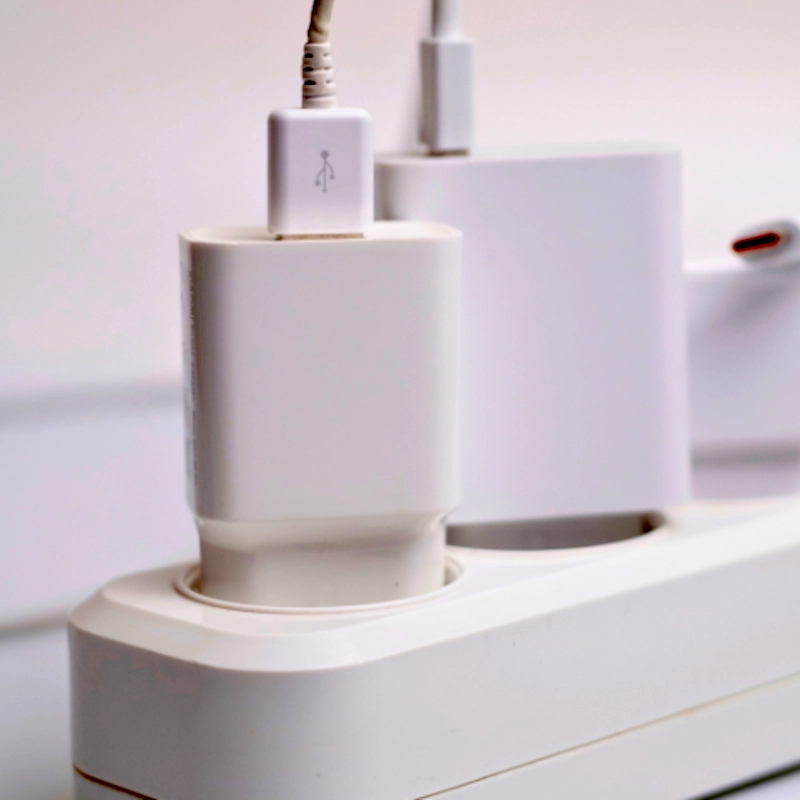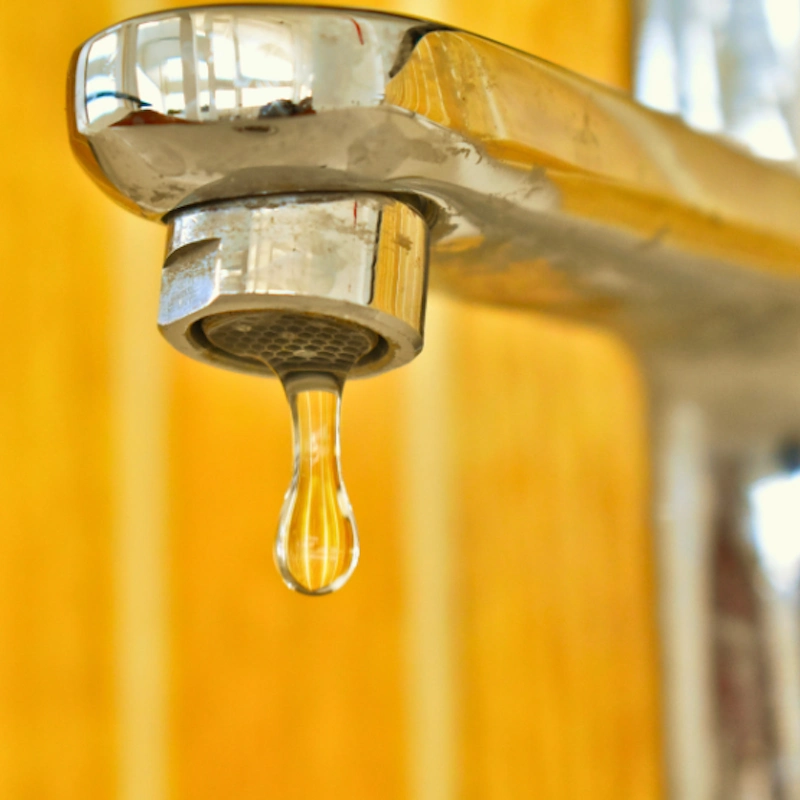Home > Travel Safety & Health > Can You Drink the Tap Water in Amsterdam?
Share this post
When traveling to a new place, there are the same old things we remember to check off the to-do list. Flights, hotels, travel insurance, sites we want to see, and some things we want to try.
There is one thing that we sometimes forget to think about, and that's water!
We'll cut to the chase before we get into more detail.
Yes. The tap water is safe to drink in Amsterdam.
That said, stick around so you can learn a little bit about why the water is safe to drink, where to find clean, safe, and free drinking water around the city, and more.
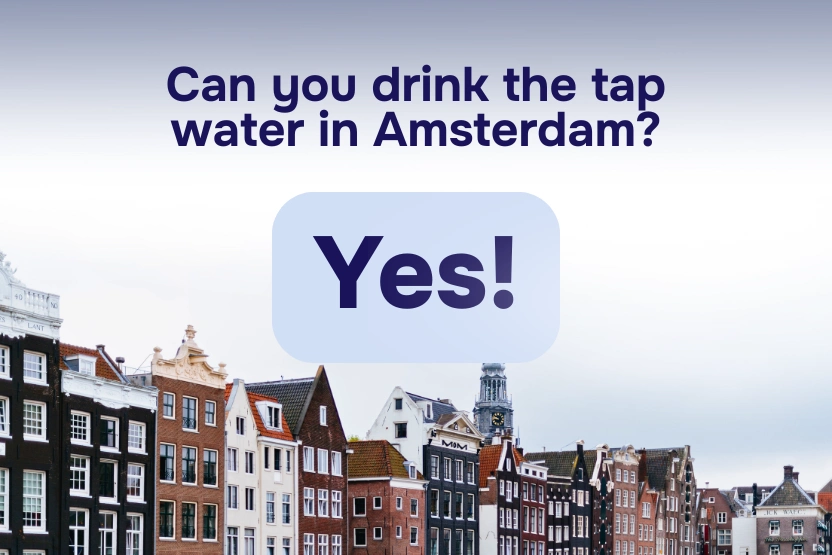
The tap water in Amsterdam
Waternet is the official water service in Amsterdam, and according to their website, the tap water in the city is held to high standards and is perfectly safe to drink.
A lesser-known fact about Europe is that the EU has stringent rules about the cleanliness and safety of tap water in all of its countries. The Netherlands (thus, Amsterdam) is a member, and of the Schengen area too (you can learn more about the EU and Schengen area in our: What is the Schengen area guide).
In general, if you're going to a country in the EU, you know that they're held to high standards when it comes to their agua.
While the European Union has standards in place, the Netherlands itself does too.
There are three major regulations that make this possible. The first is the one mentioned already, the European Union Drinking Water Directive.
The other two are unique to the Netherlands: The Dutch Drinking Water Act and the Dutch Drinking Water Decree. The first is how they ensure that the water is safe to drink. The second concerns what substances are allowed to be in tap water, and at what levels they can be.
The Netherlands prefers as few substances (like chlorine) as possible, prioritizing alternative ways of cleaning its drinking water.
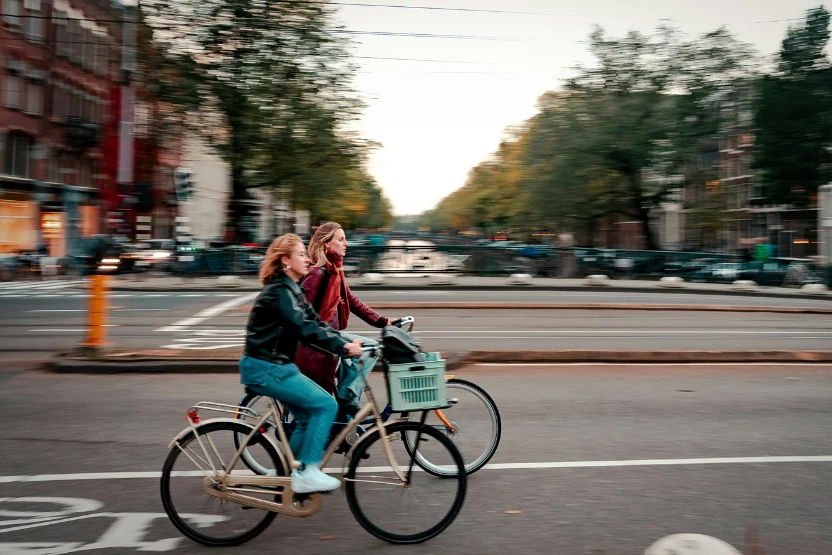
Amsterdam's tap water quality control
The Het Waterlaboratorium research institute tests the water in Amsterdam every single day. They check the tap water sources (the Lek Canal, where over two-thirds of the water comes from, as well as the Bethune Polder).
They look at the supply chain, including the storage tanks, pipes, and even in the homes of customers.
Doing this regularly allows them to identify any potential risks as quickly as possible. Regular tests are also carried out to test for the presence (and level of) microplastics and PFAS.

Amsterdam's water purification process
First, the water is collected at the source.
Then, they begin the cleaning process, starting with removing unappetizing things like mud and dirt. There are (safe) chemical substances they use to help this process happen.
Once it has gone through the initial "cleaning", the water is filtered with sand and gravel. While this sounds like it would just get dirty again, it doesn't. Sand and gravel have helpful bacteria that actually aid in the process, and they use specific mechanisms.
The water then travels through pipes and goes to different ponds for a natural purification process. The ponds are coated with sand and clay, which allows for the water to be filtered again, but naturally.
The water must go through this process for around 3 months until it is ready to be stored in a large water tank.
When the water is about ready to be used, it goes through another sand filtration process (to remove any algae that may have grown while being stored in the tank).
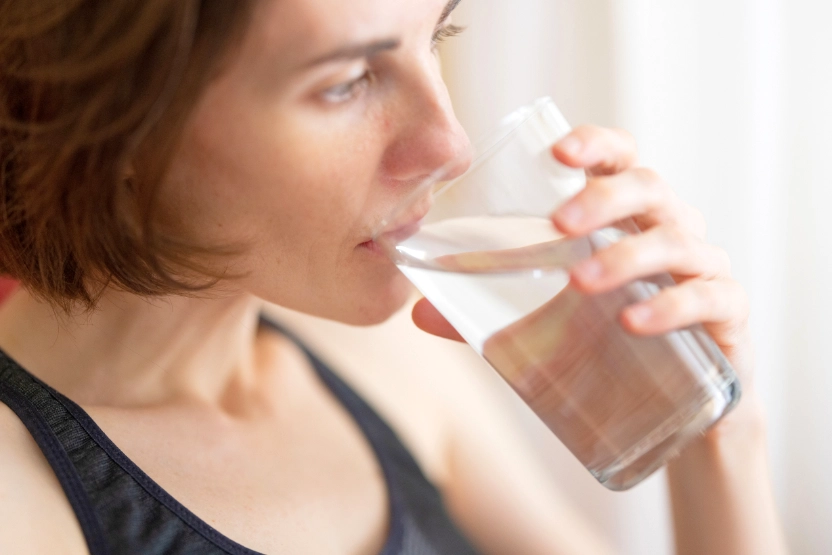
It is then sent through the ozone cellar - a large cellar that treats the water with ozone gas, which eliminates things like bacteria and pesticides.
Lastly, the water is a bit hard, so they put it through a process to soften it. Unlike water in some other areas in Europe, like Paris, the water in Amsterdam is quite soft thanks to this extra step.
Once the water has been cleaned, purified, stored, and softened, it goes through a carbon filtration system and then one more final round of sand filtration.
As you can see, the water undergoes an intense, scientifically proven process before it gets into the city and into your pipes and the vases that hold the beautiful tulips the Netherlands is known for.
Where to find safe drinking water in Amsterdam
When you're out and about, you'll come across free water fountains that provide clean drinking water.
These water fountains can be different in appearance, but some are green and circular (like pictured below).
You can learn more about the water available on the official Waternet website.
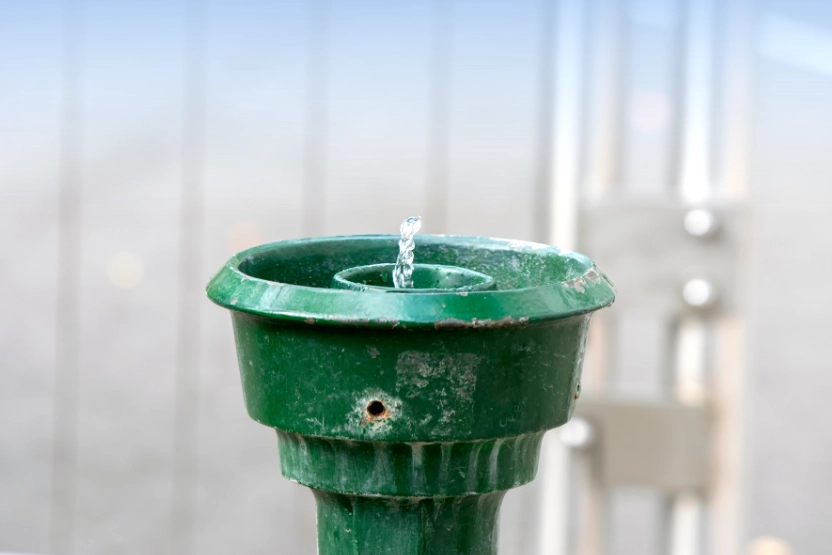
FAQs about Amsterdam's water
Related posts
Upcoming travels ? Get Insured !
Find the right insurance for your trip by using our powerful comparison tool!
Sarah Pardi - December 19, 2025
Sarah Pardi - December 12, 2025
Sarah Pardi - December 11, 2025
Sarah Pardi - December 4, 2025

